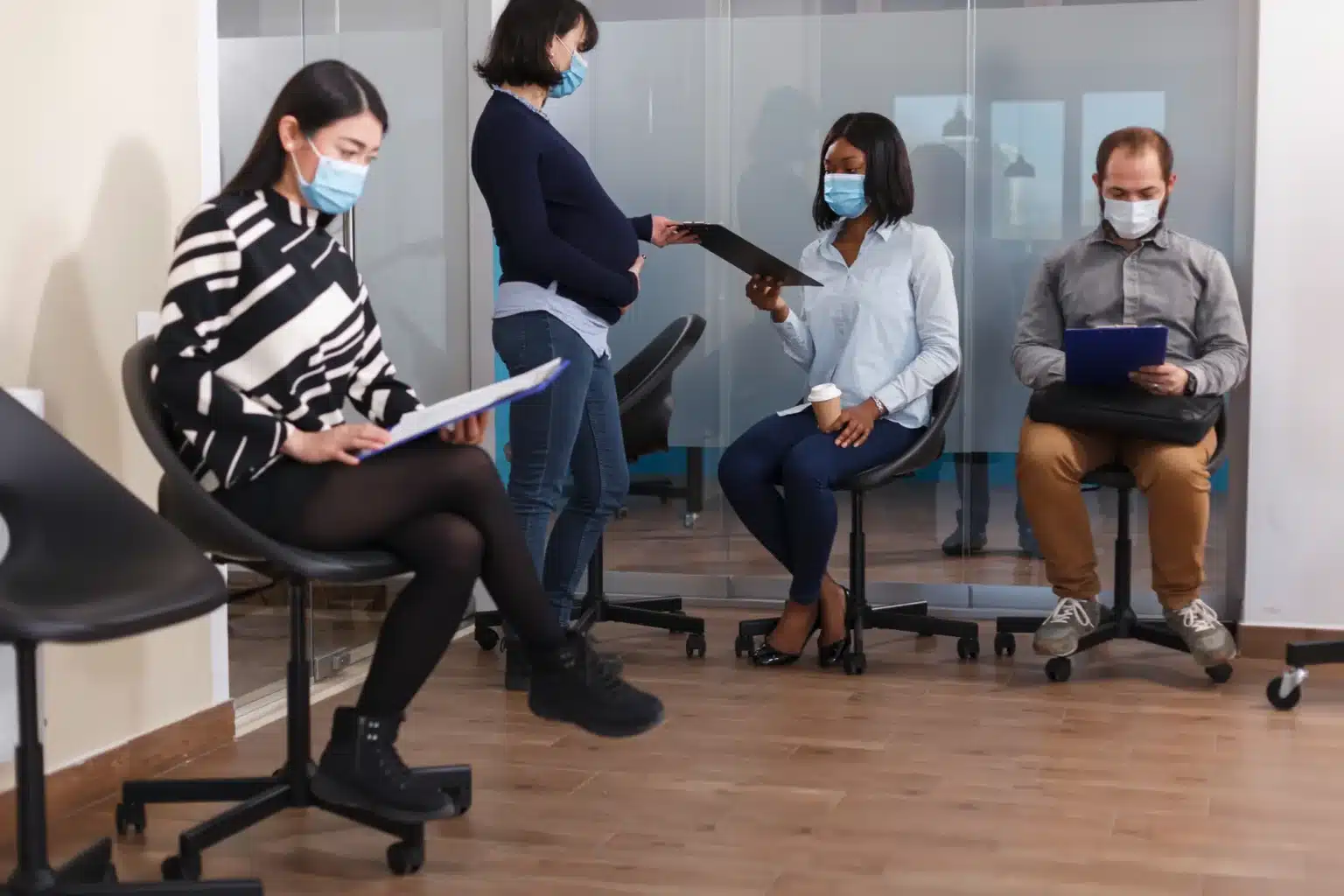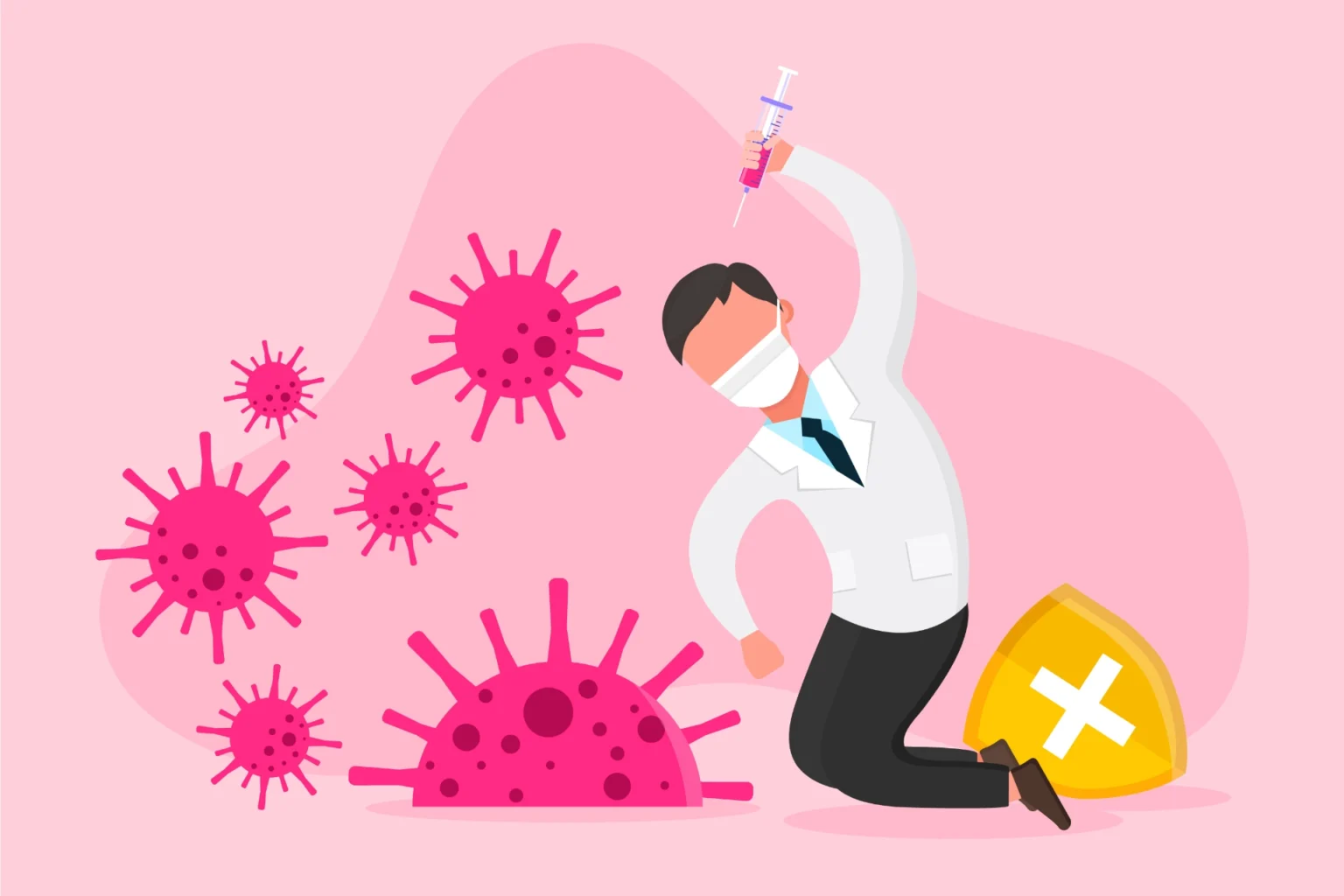Shingles is surrounded by many misconceptions that can hinder proper prevention and treatment. It’s essential to separate fact from fiction to ensure you protect yourself and your loved ones.
Myth 1: Only Older Adults Get Shingles
While shingles is more common in adults over 50, it can affect anyone who has had chickenpox. Even younger people can develop shingles if their immune system is weakened.
Myth 2: Shingles Isn’t Serious
Shingles can lead to severe complications, such as postherpetic neuralgia (PHN), a chronic nerve pain that lingers long after the rash heals. Additionally, shingles can cause vision and hearing problems if it affects areas near the eyes or ears. Without proper treatment, these complications can significantly impact quality of life.
Myth 3: If You’ve Had Chickenpox, You’re Immune to Shingles
Having had chickenpox doesn’t make you immune to shingles. In fact, the virus remains dormant in your body after chickenpox and can reactivate later as shingles, especially as your immune system weakens with age.
Myth 4: The Shingles Vaccine Isn’t Necessary
Vaccination is the most effective way to prevent shingles and its complications. Shingrix, the recommended vaccine for adults 50 and older, provides over 90% protection. It’s crucial even for those who have had shingles before, as it reduces the risk of future outbreaks.
Myth 5: Shingles Is Contagious
While shingles itself isn’t contagious, the varicella-zoster virus can spread to those who haven’t had chickenpox, causing them to develop chickenpox, not shingles. Avoid contact with the rash and blisters to prevent spreading the virus to vulnerable individuals.
Conclusion
Understanding the truth about shingles can help prevent the spread of misinformation and ensure you take the necessary steps to protect your health. Vaccination, awareness, and timely treatment are the best defenses against this painful disease.
For more information on shingles myths and facts, visit NFID.org







 Anti-Rabies Vaccine (Pre-Exposure)
Anti-Rabies Vaccine (Pre-Exposure)

